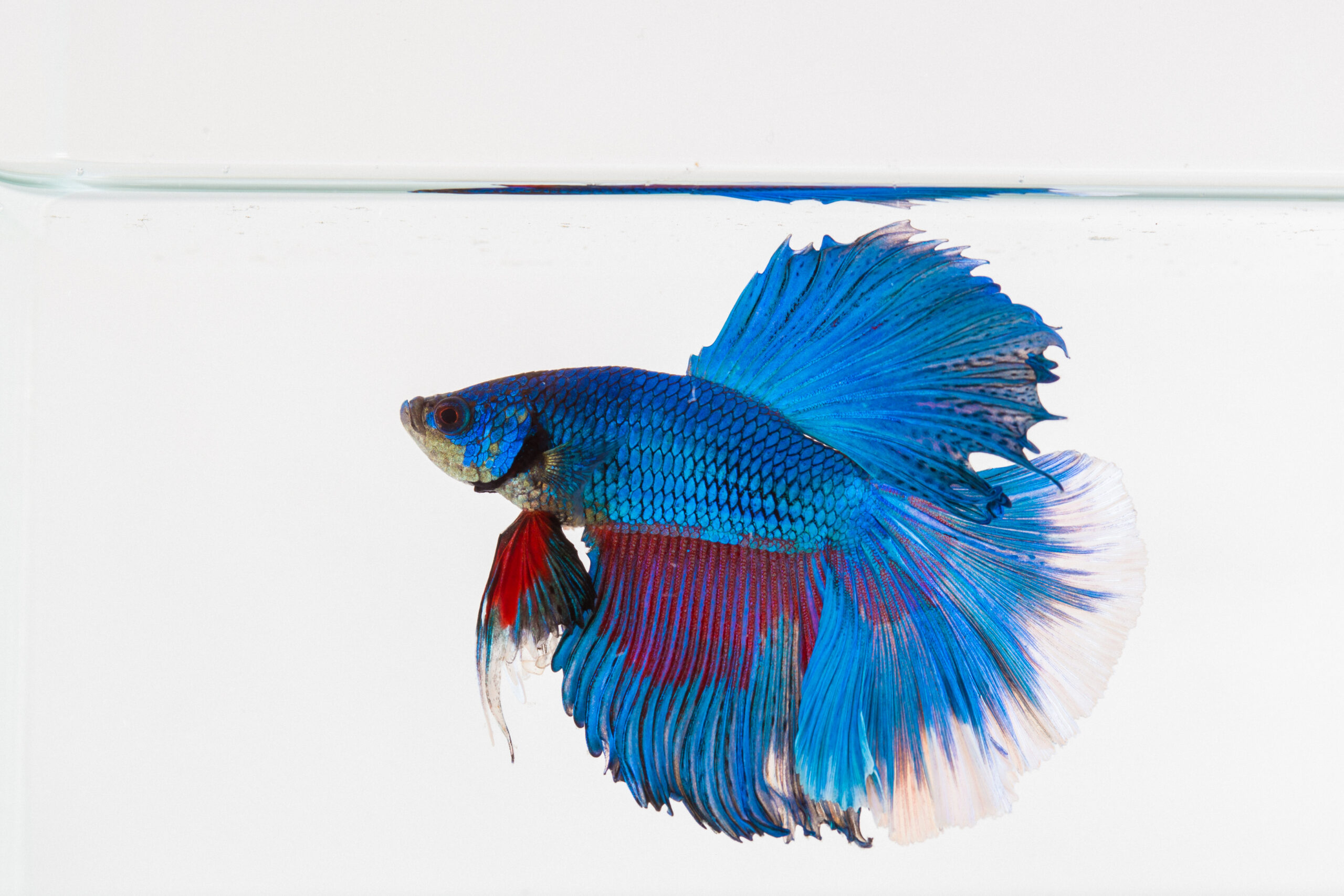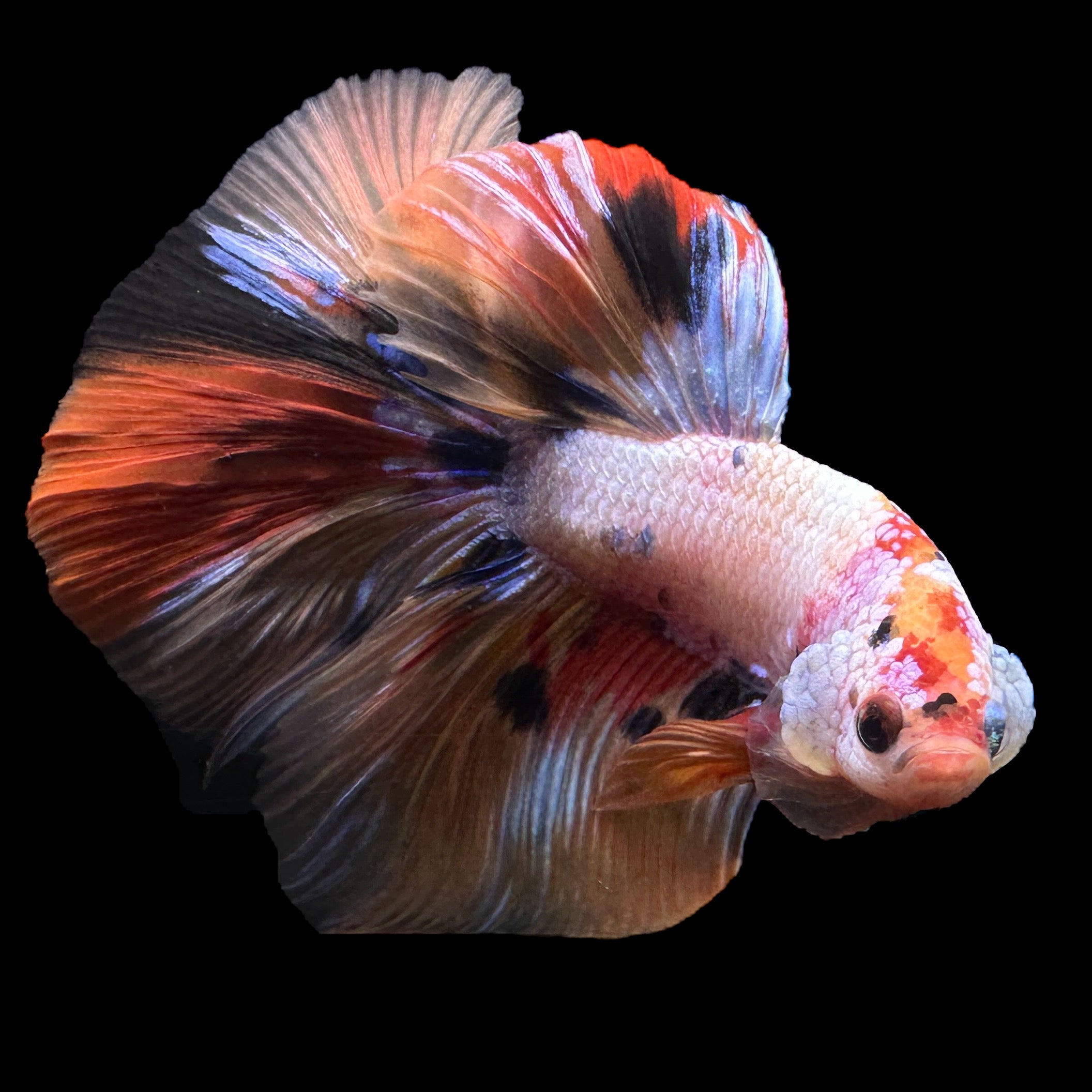Betta Fish Care: Important Tips for a Healthy and Delighted Family Pet
Wiki Article
Reproducing Betta Fish: a Comprehensive Step-By-Step Guide to Efficiently Raising Baby Bettas From Eggs to The Adult Years
Reproducing Betta fish is a meticulous endeavor that needs cautious preparation and implementation to ensure the successful development of fry from eggs to develop fish. As the male Betta carefully constructs a bubble nest and guards the priceless eggs, the succeeding stages of care and transition demand interest to information and expertise of ideal techniques.
Selecting Reproduction Pairs
When embarking on the journey of breeding Betta fish, picking the appropriate breeding pairs is essential to accomplishing desirable attributes and a healthy and balanced lineage - betta fish. The very first step in this procedure is to identify the certain attributes you want to enhance or maintain, such as color, fin kind, and body shape. It is vital to choose genetically varied pairs to avoid inbreeding, which can lead to wellness issues and unfavorable attributesExamine possible breeding prospects thoroughly. A healthy and balanced male Betta ought to show dynamic shades, an active disposition, and well-formed fins, while the lady ought to additionally display lively coloration and a rounded stomach, indicating readiness for spawning. Observing the temperament of both fish is crucial, as aggressive or excessively reluctant individuals might not breed effectively.
Maintaining documents of the parent fish's ancestry can help you track genetic qualities and possible concerns. Inevitably, spending time in the selection process will considerably enhance the probability of creating solid, lively children that satisfy your reproduction objectives.

Preparing the Reproduction Storage Tank
Creating an optimum reproduction atmosphere is a key action after choosing suitable sets for Betta fish. The reproduction tank must be especially created to provide convenience and boost the natural reproduction behaviors of the fish. Begin with a storage tank dimension of at least 10 gallons to make sure appropriate area for both the male and female Bettas.Maintain a gentle filtration system to maintain the water clean while preventing strong currents that can worry the fish. Additionally, an air rock can be contributed to supply oxygenation without disrupting the water surface area way too much.
Temperature level policy is essential; purpose for a stable variety of 78-82 ° F(25-28 ° C) using a reliable heating unit. The pH degree ought to be kept between 6.5 and 7.5, and routine water adjustments are required to make certain high water quality.
Integrate drifting plants or spawning mops to produce concealing spots for the woman, while additionally encouraging bubble nest building by the male - betta fish. Ultimately, ensure the storage tank is without sharp decorations and any type of possible threats, as the welfare of the fish must constantly be prioritized during this important stage of breeding.
The Breeding Process
Usually, the reproducing procedure for Betta fish entails a collection of distinctive and visible actions that show readiness for reproduction. The male Betta begins by building a bubble nest at the water's surface area, which functions as a website for the fed eggs. This nest is crucial, as it provides a safe atmosphere for the eggs until they hatch out.Once the nest is developed, the man will display courtship behaviors, such as flaring his fins and exhibiting click here for more vibrant colors to draw in the woman. The woman, upon sensing the male's preparedness, will certainly react by presenting upright red stripes along her body, indicating her receptiveness.
The fertilized eggs after that fall to the bubble nest, where the male carefully accumulates and returns them to the nest. Following this, the male presumes responsibility for securing the nest and making sure the safety of the eggs till they hatch, typically within 24-36 hours.
Taking Care Of Betta Fry
Caring for Betta fry calls for cautious focus to their atmosphere and nutrition to make certain healthy development and advancement. After hatching out, Betta fry are very small and at risk, requiring a steady and clean habitat.Feeding Betta fry is just as crucial. Feed them small quantities several times a day, being careful not to overfeed, which can lead to water top quality concerns.
Transitioning to Grownup Bettas
As Betta fry mature, transitioning them to grown-up Bettas is an essential stage that needs cautious administration of their environment and social interactions. This process generally begins when the fry get to around 6 weeks old, whereupon they can be gradually introduced to an extra organized living atmosphere.To facilitate this shift, it is crucial to make sure that the water parameters-- such as temperature level, pH, and ammonia levels-- are optimum and steady. Grown-up Betta fish prosper in warm water (around 78-80 ° F) with a pH of 6.5 to 7.5. Slowly adjust the fry to these problems to reduce stress.
Social interactions are another crucial factor; man Bettas are infamously territorial and aggressive. It is a good my company idea to separate males right into individual containers as they mature. Female Bettas can be housed with each other, but treatment should be taken to check for signs of hostility.
In addition, dietary modifications need to be made as the fry grow. Integrate high-grade pellets and live foods check my source to support their development and health. By handling these aspects effectively, you can promote an effective transition to adulthood for your Betta fish.

Verdict
Effective reproduction of Betta fish calls for mindful focus to information throughout the entire process, from selecting genetically varied sets to supplying optimum take care of fry. By making certain ideal reproduction conditions and maintaining water quality, the likelihood of healthy and balanced spawn boosts substantially. Furthermore, a balanced diet plan and gradual adaptation to grown-up settings are vital for the development and advancement of Betta fish. Following these actions faithfully promotes a prospering population of Betta fish, enhancing both their wellness and vigor.Report this wiki page